GV3P651
Motor circuit breaker,TeSys Deca frame 3,3P,48-65A,thermal magnetic,EverLink,without downstream
- Stock status:
- In stock
- Manufacturer:
- Schneider
- Product code:
- GV3P651
Main documents
| Range | TeSys Deca |
|---|---|
| Product name | TeSys GV3 TeSys Deca |
| Product or component type | Motor circuit breaker |
| Device short name | GV3P |
| Device application | Motor protection |
| Trip unit technology | Thermal-magnetic |
| Poles description | 3P |
|---|---|
| Network type | AC |
| Utilisation category | AC-3 conforming to IEC 60947-4-1 |
| Network frequency | 50/60 Hz conforming to IEC 60947-4-1 |
| Fixing mode | 35 mm symmetrical DIN rail: clipped Panel: screwed (with 3 x M4 screws) |
| Motor power kW | 30 kW at 400/415 V AC 50/60 Hz 45 kW at 500 V AC 50/60 Hz 55 kW at 690 V AC 50/60 Hz |
| Breaking capacity | 100 kA Icu at 230/240 V AC 50/60 Hz conforming to IEC 60947-2 50 kA Icu at 400/415 V AC 50/60 Hz conforming to IEC 60947-2 50 kA Icu at 440 V AC 50/60 Hz conforming to IEC 60947-2 12 kA Icu at 500 V AC 50/60 Hz conforming to IEC 60947-2 6 kA Icu at 690 V AC 50/60 Hz conforming to IEC 60947-2 |
| [Ics] rated service short-circuit breaking capacity | 100 % at 230/240 V AC 50/60 Hz conforming to IEC 60947-2 100 % at 400/415 V AC 50/60 Hz conforming to IEC 60947-2 100 % at 440 V AC 50/60 Hz conforming to IEC 60947-2 50 % at 500 V AC 50/60 Hz conforming to IEC 60947-2 50 % at 690 V AC 50/60 Hz conforming to IEC 60947-2 |
| Control type | Rotary handle |
| [In] rated current | 65 A |
| Thermal protection adjustment range | 48…65 A conforming to IEC 60947-4-1 |
| Magnetic tripping current | 910 A |
| [Ith] conventional free air thermal current | 65 A conforming to IEC 60947-4-1 |
| [Ue] rated operational voltage | 690 V AC 50/60 Hz conforming to IEC 60947-2 |
| [Ui] rated insulation voltage | 690 V AC 50/60 Hz conforming to IEC 60947-2 |
| [Uimp] rated impulse withstand voltage | 6 kV conforming to IEC 60947-2 |
| Phase failure sensitivity | Yes conforming to IEC 60947-4-1 |
| Suitability for isolation | Yes conforming to IEC 60947-1 |
| Power dissipation per pole | 8 W |
| Mechanical durability | 50000 cycles |
| Electrical durability | 50000 cycles for AC-3 at 415 V In |
| Rated duty | Continuous conforming to IEC 60947-4-1 |
| Tightening torque | 5 N.m – on screw clamp terminal |
| Width | 55 mm |
| height | 132 mm |
| Depth | 136 mm |
| Net weight | 0.96 kg |
| Colour | Dark grey |
| Standards | EN/IEC 60947-2 EN/IEC 60947-4-1 UL 60947-4-1 CSA C22.2 No 60947-4-1 |
|---|---|
| product certifications | CCC UL CSA EAC ATEX LROS (Lloyds register of shipping) BV ABS DNV-GL UKCA |
| IK degree of protection | IK09 enclosure |
| IP degree of protection | IP20 conforming to IEC 60529 |
| Climatic withstand | Conforming to IACS E10 |
| Ambient air temperature for storage | -40…80 °C |
| Fire resistance | 960 °C conforming to IEC 60695-2-11 |
| Ambient air temperature for operation | -20…60 °C |
| Mechanical robustness | Shocks: 15 Gn for 11 ms contactor open Shocks: 30 Gn for 11 ms contactor closed Vibrations: 4 Gn, 5…300 Hz |
| Operating altitude | 3000 m |
| Unit Type of Package 1 | PCE |
|---|---|
| Number of Units in Package 1 | 1 |
| Package 1 Height | 16.000 cm |
| Package 1 Width | 6.500 cm |
| Package 1 Length | 14.500 cm |
| Package 1 Weight | 936.000 g |
| Unit Type of Package 2 | P06 |
| Number of Units in Package 2 | 60 |
| Package 2 Height | 75.000 cm |
| Package 2 Width | 60.000 cm |
| Package 2 Length | 80.000 cm |
| Package 2 Weight | 70.360 kg |
Product Description
schneider electric
Schneider Electric is a multinational corporation specializing in energy management and automation solutions. With operations in over 100 countries, the company offers a wide range of products and services for various industries, including residential, commercial, and industrial.
Schneider Electric is focused on sustainability and innovation, aiming to help their customers manage energy efficiently and reduce their environmental impact.
schneider motor circuit breaker
Schneider Electric is a well-known brand that manufactures electrical equipment, including motor circuit breakers. Motor circuit breakers are essential components in electrical systems to protect motors from overloads and short circuits. Schneider Electric offers a range of motor circuit breakers designed for different applications and motor sizes.

motor circuit breaker
Motor circuit breakers, also known as motor protection circuit breakers (MPCBs), are specifically designed to protect electric motors from overloads, short circuits, phase unbalances, and other electrical faults. They generally provide different types of protection for motors, such as thermal overload protection and short-circuit protection.
Here are some key points about motor circuit breakers:
1.Thermal Overload Protection: Motor circuit breakers monitor the current flowing through the motor and trip if an overload condition is detected over a certain period. This helps prevent the motor from overheating and getting damaged.
2.Short-Circuit Protection: In cases where a short circuit occurs in the motor circuit, the motor circuit breaker will quickly interrupt the power supply to prevent damage to the motor and other equipment.
3.Phase Unbalance Protection: Some advanced motor circuit breakers can also detect and protect against phase unbalance or loss, which can cause motor inefficiency and damage.
4.Manual/Automatic Reset: Motor circuit breakers can be manual or automatically resettable, depending on the design and application requirements.
5.Adjustable Settings: Many motor circuit breakers offer adjustable settings for overload and short-circuit protection, allowing customization based on the motor’s specific requirements.
6.Remote Monitoring: Some modern motor circuit breakers come with features for remote monitoring, status indication, and communication capabilities, enabling better maintenance and troubleshooting.
Remember, ensuring the correct selection, installation, and maintenance of motor circuit breakers is crucial to maintaining a safe and reliable electrical system.
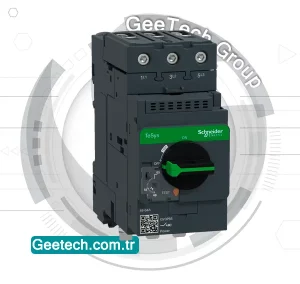
GV3P651
The GV3P651 is another model of motor circuit breaker from the Schneider Electric TeSys GV3 series.
Here are some key features of the Schneider Electric TeSys GV3P651 motor circuit breaker:
1.Current Rating: The GV3P651 is designed to handle a specific range of current, providing protection for motors within that rating.
2.Comprehensive Protection: The GV3P651 is equipped to protect motors against overloads, short circuits, phase unbalances, and other electrical faults, safeguarding the motor and connected equipment.
3.Compact and Modular Design: Schneider Electric products are known for their compact and modular designs, allowing for easy installation and integration into various control panel configurations.
4.High Performance: The TeSys GV3P651 is designed for high performance, reliability, and durability, meeting the demands of industrial motor control applications.
If you are considering using the GV3P651 motor circuit breaker in your application and need more specific details or technical specifications, I recommend referring to the product datasheet or contacting GeeTech Group for further information.
Frequently Asked Questions
what is a contactor?
✅A contactor is an electrical relay used to control a high-power circuit with a lower-power signal. It consists of a coil that, when energized, creates a magnetic field to close or open the contacts within the contactor, allowing or interrupting the flow of electricity to the controlled load.
Contactors are commonly used in applications where high currents need to be switched, such as controlling electric motors, lighting systems, heating elements, and other high-power equipment. They are designed to handle frequent switching and high currents efficiently, making them essential components in industrial and commercial electrical systems.
To read more about contactors and other electrical industrial parts, you can refer to the blog section of GeeTech Group at the following address
what is a contactor used for?
✅A contactor serves as a specialized relay designed to control the opening and closing of electrical circuits. Primarily utilized in conjunction with electric motors and lighting systems, they facilitate efficient switching operations.
Why do we need contactors?
✅A contactor is employed to safely and indirectly manage the operation of high-power electrical equipment, such as motors, fans, and pumps, by interfacing with a PLC. By using a contactor, we ensure the secure control of heavy-duty, high-voltage devices without directly connecting them to the PLC.
What is a contactor vs relay
✅Contactors excel in managing high-current loads, whereas relays are ideal for low to medium-current applications. This contrast stems from their distinct designs, with contactors boasting larger, sturdier auxiliary contacts tailored to handle elevated currents efficiently.
what is a magnetic contactor?
✅A magnetic contactor is an electromechanical device used to control the flow of electricity in an electrical circuit. It consists of a coil that, when energized, creates a magnetic field to close or open the contacts within the contactor.
Magnetic contactors are commonly used in industrial and commercial applications to switch high-power loads, such as electric motors, lighting systems, heating elements, and other electrical equipment. They are known for their reliability, durability, and ability to handle high currents, making them essential components in various electrical control systems.
what is auxiliary contactor?
✅Auxiliary contactors are additional sets of contacts added to a primary contactor to perform auxiliary functions within an electrical control system. These contacts are typically used to provide feedback or signaling, monitor the status of the main contacts, or control auxiliary devices such as indicator lights, timers, or interlocks.
Auxiliary contactors are commonly found in industrial control panels, motor control centers, and other electrical equipment where precise control and monitoring of circuits are necessary. They play a crucial role in enhancing the functionality and safety of electrical systems by providing additional control and feedback options.



















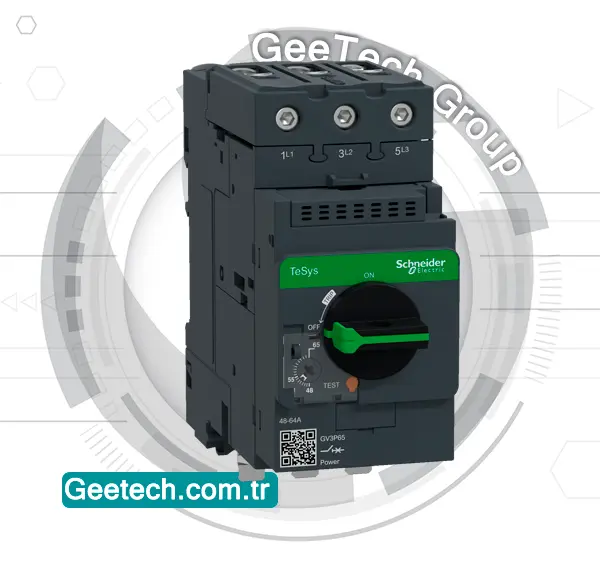
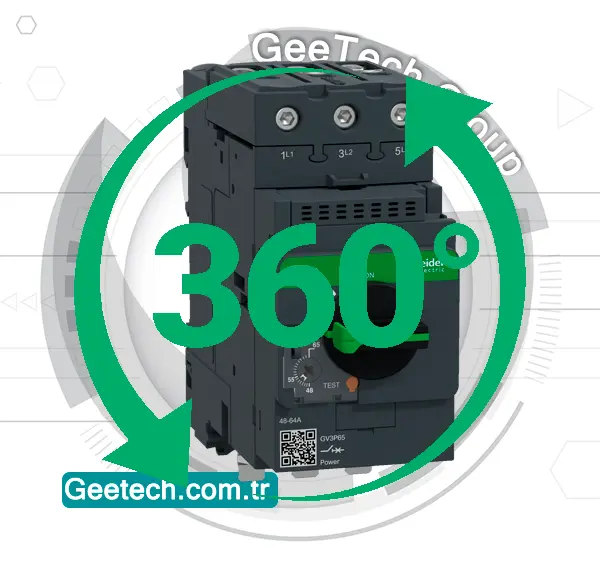
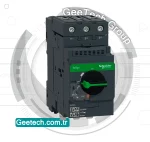
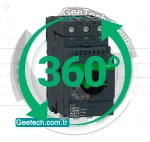

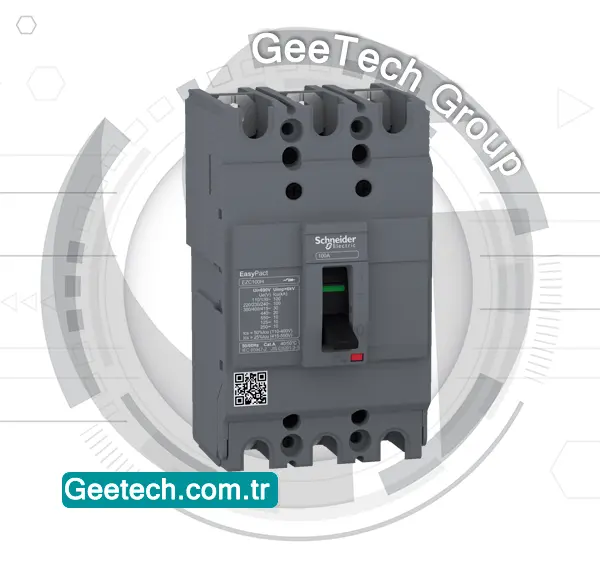
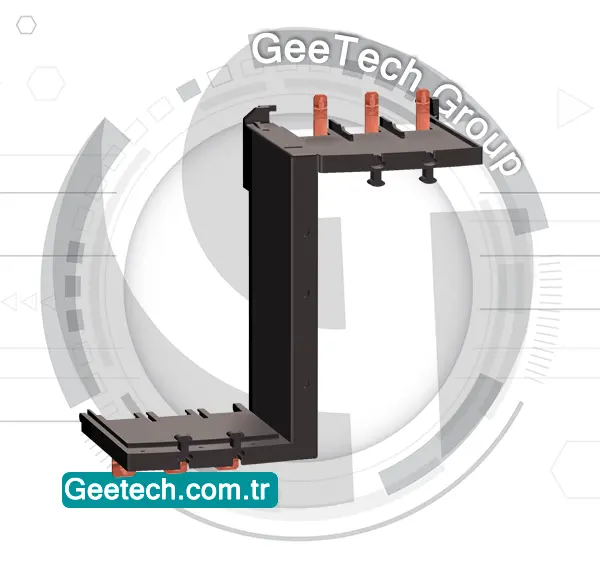
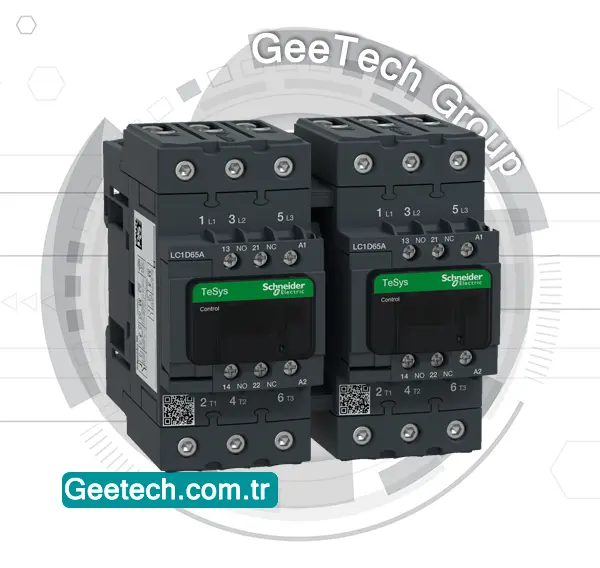

Reviews
There are no reviews yet.